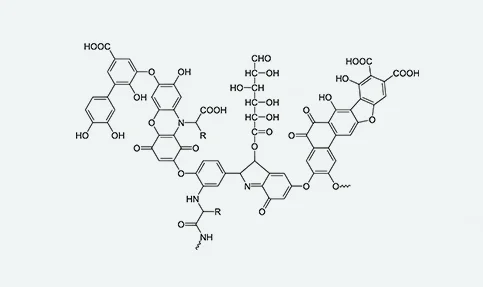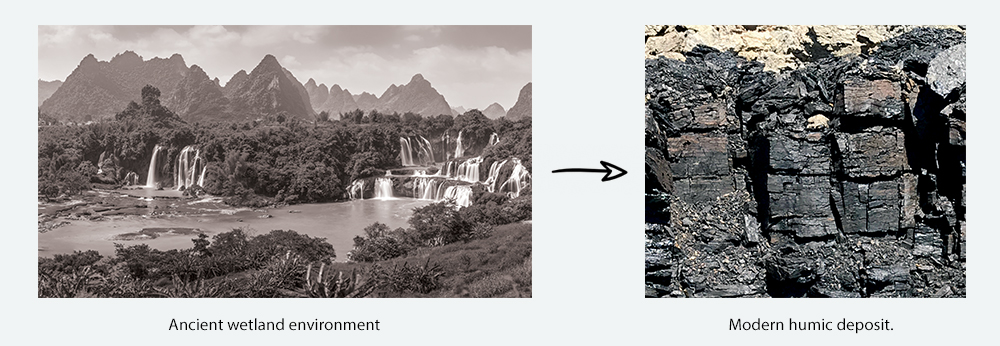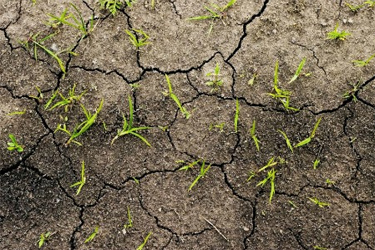What is humic acid?
It's a simple question with a complex answer. Here's a breakdown of what exactly humic acid is, how it forms, why the source of humics is vitally important, and how you can be sure you're getting a superior product.
What exactly are humic acids?
Humic acids are fully decomposed remains of organic life. They're long-chain molecules that are high in weight and dark brown in color. They are not a single acid. Rather, "humic acid" is a broad term that refers to a complex mixture of many different acids that are soluble in alkaline solutions. They exist naturally as part of nature's life cycle in soils, oceans, and streams.
How do they form?
When plants and animals die, their molecules become available in soil for use by other organisms. Bacteria, fungi, protozoa, earthworms, and even insects consume the fresh material. After long periods of time, when the decaying matter has been eaten and transformed through several cycles, what remains is a sturdy material that resists further decomposition, called humus. (This process is referred to as "humification".) Humus is a general term that refers to highly complex, stable compounds that are resistant to further decomposition. And humus consists of three components--humic acids, fulvic acids, and humin. Humic and fulvic acids have proven invaluable for healthy soil environments, particularly for their contributions to soil structure and the transfer of nutrients between the soil and plants.
Where do humic acid products come from?
Humic acid products come from a wide variety of sources. The richest products come from ancient deposits that formed when plants and animals died in wetland environments. Over time, these massive beds of decaying material were covered by sand and rock formations, and they were compressed into even richer deposits. Some deposits were then uplifted, and oxygen was reintroduced to the material, which significantly aids the formation of humic acids. These uplifted deposits are mined near the surface, and are often referred to as "lignite" or "leonardite". This is where most humic acid products come from today.
Why do I need to add humic acid to my soil?
Unfortunately, many human activities have degraded and polluted soils, lessening the soil ecosystems (organic matter) and making some soils harmful to our environment and human health. Erosion is among the greatest causes of soil degradation, as essential topsoil is lost at rates far greater than it can be replaced. The continual application of inorganic fertilizers, combined with annual ploughing, can deplete the humus content of soils. To restore soil, organic matter must be replaced. And the eroded humus must be replaced from an outside source, because it takes so many years to develop naturally. Without a healthy amount of humus, the biological activity of the soil, and the plants that depend on it, is dramatically reduced. Healthy soils have organic matter in the 2-6% range. But many farming environments utilize soil with much lower levels of organic matter.
Many of today's soils have been degraded by over-farming and the use of inorganic fertilizers.
What are the benefits of humic acid?
Throughout history, farmers have used humic acid to generate healthier plants and a higher crop yield. Today, humic acids are even more essential than ever, for the reasons mentioned above. Here are just a few of the many benefits of humic acid.
• Increases nutrient uptake
• Increases water-holding capacity in soil
• Improves the overall soil structure.
• Stimulates microbial activity
• Regulates the pH-value of soils.
• Chelates toxins from the soil.
• Helps to eliminate iron chlorosis by increasing iron uptake
• Improves overall plant health, helping plants better resist predators and disease
• Stimulates root growth, which increases crop volume
• Increases germination
How to Ensure You're Getting a Superior Product
Humic acid products have flooded the marketplace. However, not all humics are created equal. In fact, some products are completely ineffectual, with nearly zero humic acid content. To make sure that you're getting a quality product, be sure to find out where the material is being sourced from. All of our products are sourced from the Menefee Formation in northwest New Mexico, which is widely regarded as the premium source of humic acid products on Earth.
Ready for Results?
Get 10% off your first order of our premium humic acid products.





